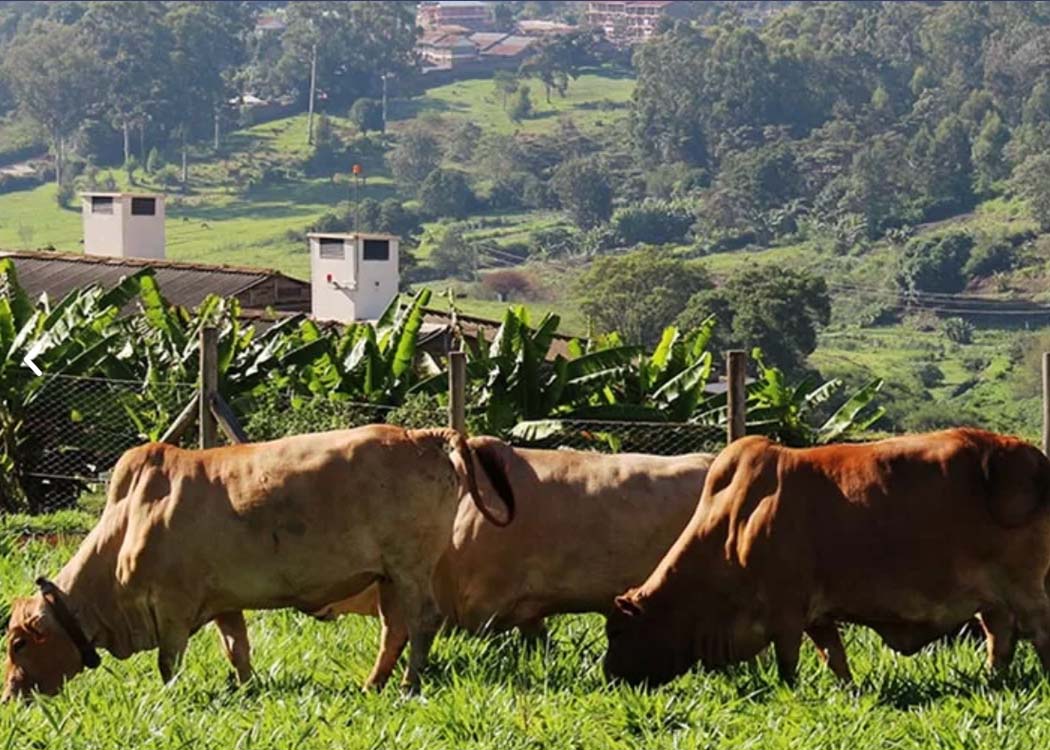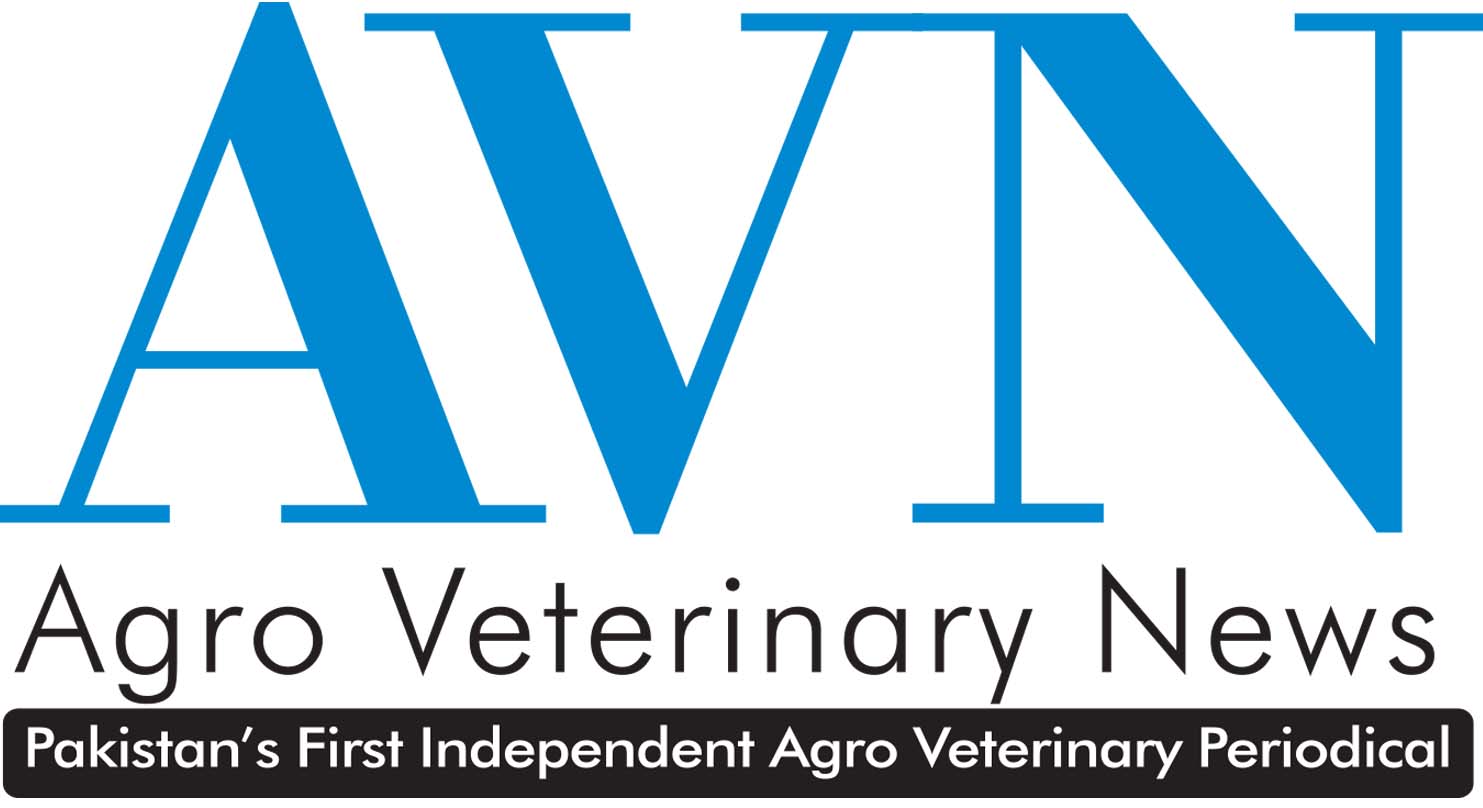ROME: Global production of major food crops such as rice, maize, sorghum, and oilseeds is projected to reach record highs in 2025, according to the latest FAO Food Outlook released by the Food and Agriculture Organization of the United Nations. The report presents a cautiously optimistic picture for food security, while also warning of persistent risks including avian influenza, shifting trade patterns, and the cost implications of decarbonizing global shipping.
Crop production expected to reach all-time highs
The FAO forecasts record output for several staple commodities:
- Global maize production is expected to rise by 6% in the United States due to expanded planting areas.
- Coarse grains are set to grow by 3.4%, driven by strong yields in Brazil and the EU.
- World rice production is forecast to hit 551.5 million tonnes, a 0.9% rise, thanks to favorable conditions in Asia.
- Wheat production will see modest gains, with the EU and India likely leading the increase.
Food import bill nears USD 2.1 trillion
The global food import bill (FIB) for 2024 is projected to rise by 3.6% to nearly USD 2.1 trillion, propelled by:
- A 29.3% surge in import costs for coffee, tea, cocoa, and spices,
- An 8.1% increase for fruits and vegetables, and
- A 5.6% rise in meat product imports.
However, cereal import bills are expected to decline by 4.6%, reflecting price corrections and market adjustments.
Avian influenza continues to disrupt poultry sector
The FAO report includes a focused analysis of the global impact of high pathogenicity avian influenza (HPAI), which has emerged as a major biological threat to poultry worldwide. Since 2022, the U.S. alone has recorded over 173 million chickens affected, costing more than $1.4 billion in containment and compensation.
Egg production, especially in China, India, and the United States, remains vulnerable, with trade volumes nearly doubling in 2024. The volatility in egg prices reflects supply shocks due to HPAI outbreaks.
Emerging risks in global agrifood trade
The report also investigates several emerging challenges:
- Fertilizer market shifts, including Russia’s growing dominance in exports since 2022.
- Persistent risks of fish fraud due to complex supply chains and mislabeling of processed seafood.
- The economic impact of shipping industry decarbonization, which could significantly affect net food-importing developing countries.
The FAO emphasizes that while production trends appear solid, the global agrifood system remains vulnerable to climate variability, geopolitical tensions, and supply chain disruptions.
A call for resilience and reform
Commenting on the findings, FAO Chief Economist Maximo Torero noted, “While agricultural production trends appear solid, drivers that could negatively impact global food security are increasing.” The report calls for proactive policies to mitigate risks and ensure resilient, inclusive, and sustainable food systems.






